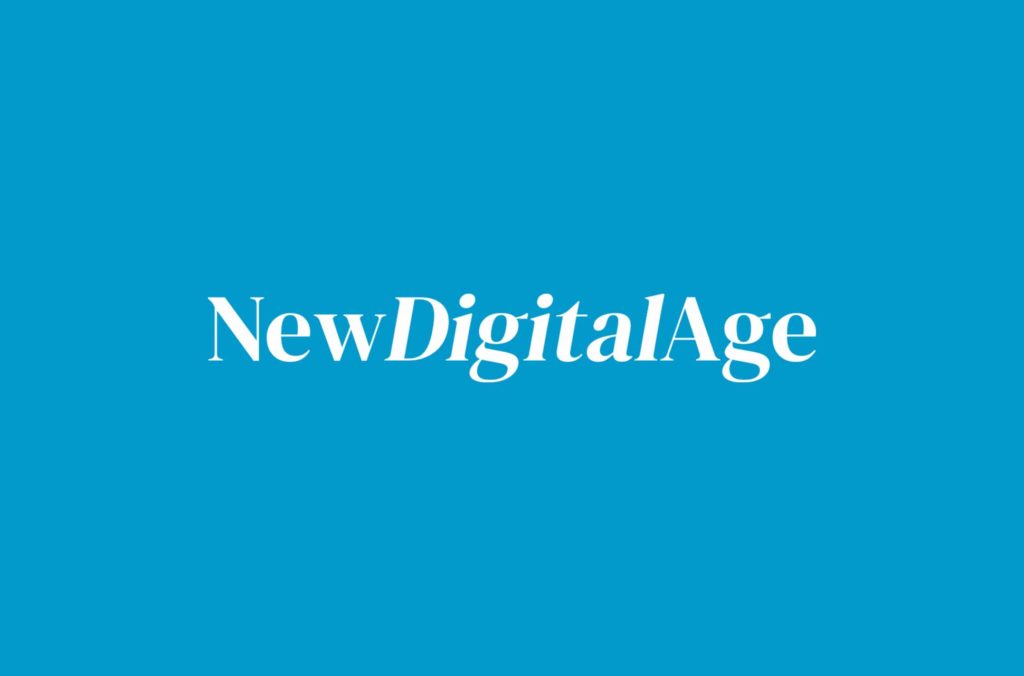By Ben Murphy, UK MD Quantcast
As we move towards the end of 2019, whether you’re brand or agency side, a successful marketing strategy lies in the ability to utilise consumer data. The advertising industry is now faced with understanding and harnessing the opportunities that this big data era brings to us. The truth is that marketers have the data they need at their fingertips, the challenge lies in turning this information into focussed, actionable strategy.
Kantar’s recent ‘Getting Media Right’ report stated that fewer than 10% of marketers say they have all the data they need; through my experience working across the different areas of marketing, I see time and time again that CMOs are not yet happy with how their brand aligns data with strategy. In other words, they’re searching for a buoyancy aid to prevent them from drowning in the sea of big data.
Gone are the days of focus groups, customer survey data and market analysis; today’s marketers are tasked with analysing more customer data than is humanly digestible. Identifying insights in your data can be facilitated with the use of advertising partners and technology tools, but this presents another hurdle in itself. With more time and effort being put into understanding and sieving through available information, less time is free for planning, creative design, execution and measurement.
Therein lies the key to unlocking a successful relationship between brands and agencies: by building a data partnership you can trust, CMOs can look to rely on the agency side to inform the gaps in data strategy that they don’t have the time and resources to master alone.
A vital, but often overlooked first step is for CMOs to put a microscope on the areas of marketing planning that data can make more efficient in the long term. Stepping away from placing data into siloes and adopting a unified vision for what you want to deliver to your customers over a longer period of time is a great start to harnessing data to its full potential. Using complementary data means marketers are better equipped to validate assumptions, spot gaps and new opportunities, and develop their strategy in line with a goal.
From an agency partnership perspective, nurturing a long term relationship also makes your content more effective. CMOs, understandably, want to place trust in agencies to deliver on long term goals. When this vision is aligned and both parties have agreed on where their strategy will lead to in 6 to12 months time, agencies are better equipped to monitor and measure the correct data set, informing the correct changes.
While all parties are aware that brands are missing a trick if they don’t fully utilise available data, an in-house marketing team is often stretched for time and resources. This can result in tunnel vision and an inability to connect the dots between opportunities and sales. Agencies with experience of working with different clients, across long periods of time are well equipped to identify patterns in success, whilst bringing new perspectives to add to the expertise of an in-house team.
Having a data partner you can trust also helps brands adhere to data privacy laws when it comes to collecting and handling high-quality data. Twenty-nine percent of CMOs reported last year that a data breach is the biggest risk they face as a business. With ongoing calls for transparency in consumer data handling, not all brands feel fully protected from the complexity of data handling laws. Brands can look to agencies that specialise in this to ensure they’re fully covered.
I’m positive that the advertising industry can be optimistic about moving into the next year with a clearer idea of how to better collaborate on effective and innovative data-led campaigns, the key lies in securing long-term relationships between brands and agencies.









